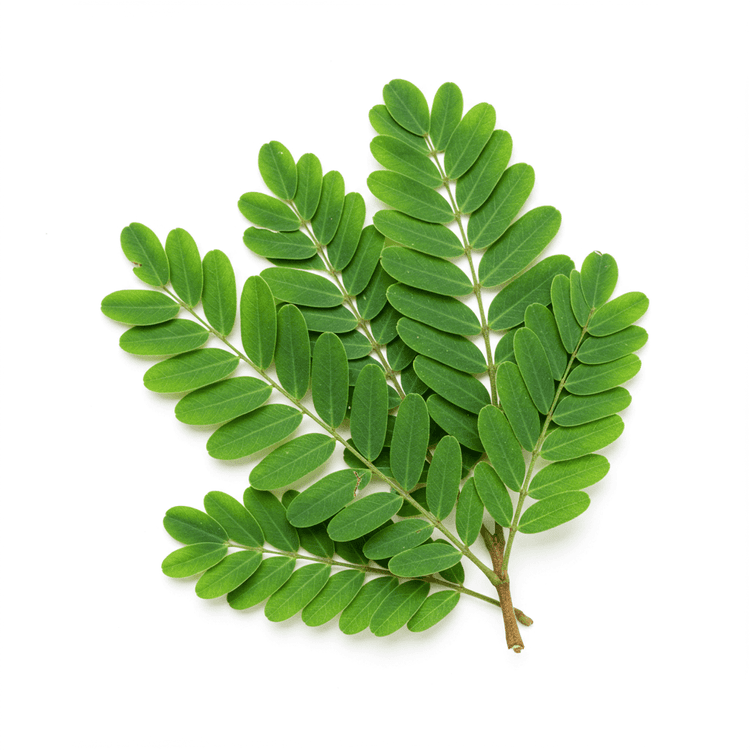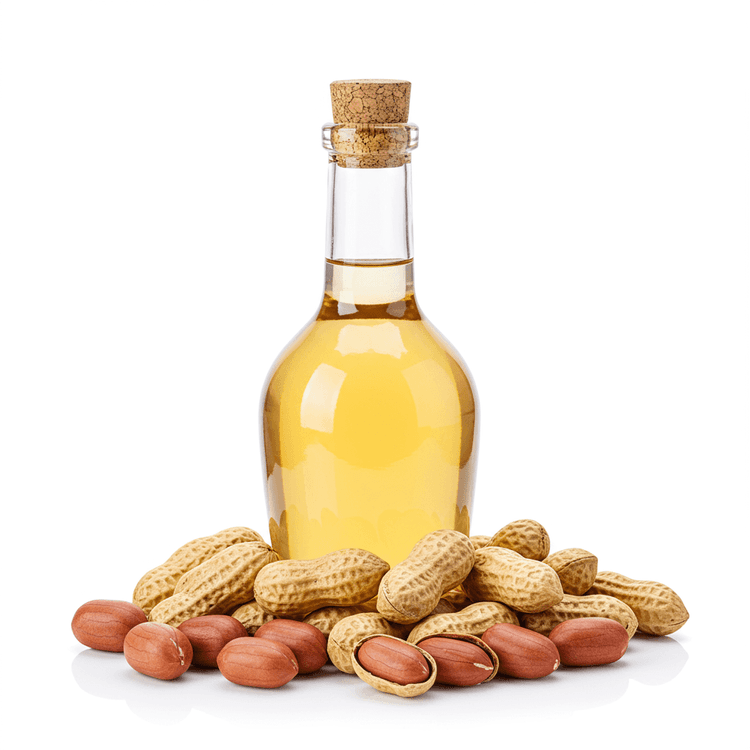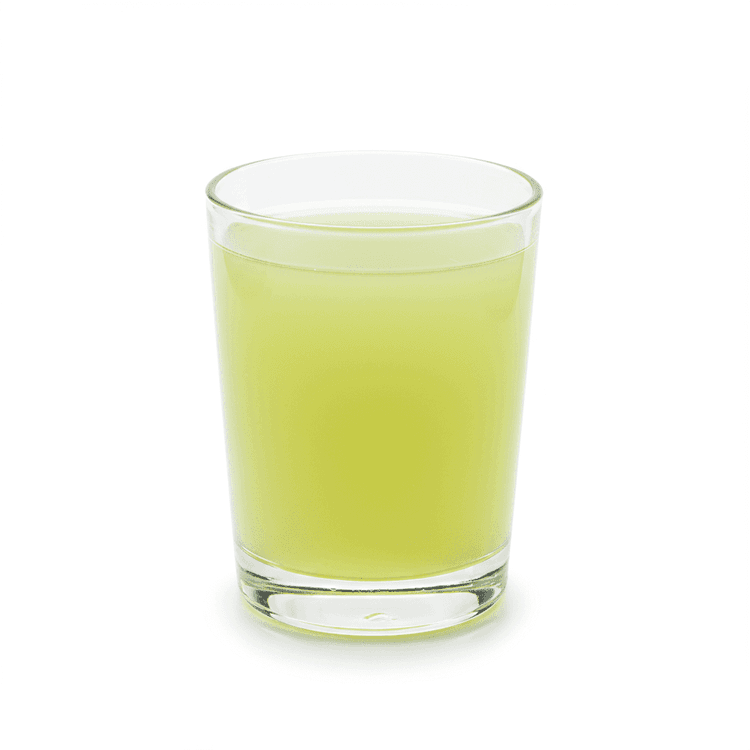
Tamarind Leaves
Tamarind leaves, the vibrant green foliage of the tamarind tree, offer a unique sour and tangy flavor profile. More subtle than the tamarind fruit pulp, these delicate leaves provide a refreshing zest to dishes. They have a slightly acidic taste similar to lemon or unripe plums. Young, tender tamarind leaves are best used, as they are more palatable. They possess a slightly crisp texture when fresh and can be easily incorporated into various culinary preparations. They can vary from light green to slightly darker green depending on maturity and growing conditions.
Common Uses
- Use tender tamarind leaves in salads for a refreshing sour taste. The young leaves bring a tangy, citrus-like flavor that complements other salad ingredients.- Infuse tamarind leaves in soups and stews to add a subtle sour depth. This creates a flavorful broth with a balanced tartness.- Incorporate tamarind leaves into chutneys and sauces for a unique sour note. The leaves blend well with spices and other ingredients to create complex flavors.- Pickle young tamarind leaves for a tangy condiment that can be enjoyed as a side dish or garnish. Pickled tamarind leaves retain their sourness and add a burst of flavor.- Cook tamarind leaves in stir-fries for a distinctive sour element. The leaves wilt slightly and release their flavor into the dish.- Add tamarind leaves to curries to balance the richness and provide a refreshing sour counterpoint. This helps cut through the heaviness of creamy curries.
Health Benefits
- Rich in antioxidants, helping to combat free radicals and reduce oxidative stress.
- May possess anti-inflammatory properties, potentially alleviating symptoms of inflammatory conditions.
- Good source of vitamins and minerals like Vitamin C and potassium, contributing to overall well-being.
- May aid in digestion due to its fiber content, promoting gut health and regularity.
- Can help lower blood sugar levels. Has compounds that improve insulin sensitivity.
- May help lower blood pressure due to being a great source of potassium.
Substitutes
Chefadora AI is here.
Experience smarter, stress-free cooking.
Storage Tips
Tamarind leaves are best used fresh. To store, wrap them in a slightly damp paper towel and place them in a plastic bag or airtight container in the refrigerator. They should last for about a week. You can also freeze tamarind leaves for longer storage. Wash and dry them thoroughly, then place them in a freezer-safe bag or container. Frozen tamarind leaves may lose some of their texture but will retain their flavor for several months.
Marnirni-apinthi Building, Lot Fourteen,
North Terrace, Adelaide, South Australia, 5000
Australia




